A stroke occurs when an area of the brain is damaged because the blood supply is interrupted. It can be mild but may also be a serious life-threatening medical condition. A stroke is a medical emergency as the sooner the person receives treatment, the less damage is likely to happen.
If you think that you are having a stroke, phone 999 immediately.
The brain needs the oxygen provided by blood and if the flow of blood is cut off to part of the brain for more than a few minutes, brain cells will die, leading to brain injury, disability and possibly death.
There are 2 main types of stroke:
1. Ischaemic – where the blood supply is interrupted by a blockage of an artery (around 85% of all cases).
2. Haemorrhagic – where bleeding occurs into the brain.
Transient Ischaemic Attack (TIA) (also sometimes referred to as mini-stroke), is like a stroke as it is caused by an interruption of the blood supply of the brain causing neurological symptoms. However, in this case the effects are temporary, lasting from just a few minutes to up to 24 hours. TIAs should be treated urgently, as they may be a warning that a full stroke may occur in the near future.
The risk of having a stroke is increased by:
The main symptoms which may occur with the onset of as stroke can be summarised as FAST:
The London Stroke Pathway and where you might be treated
If you, or someone in your family, has a stroke the treatment and how it is organised can seem confusing, however it is worth being aware that stroke treatment in London is considered to be amongst of the best in the world.
Until 2010 someone having a stroke would be admitted to their local hospital, however around that time emergency stroke services in London underwent a radical re-organization. The aim was to concentrate resources and expertise to improve outcome during the different stages of treatment after a stroke.
1. Hyperacute Phase - days 1-3 (approximately)
If someone in London is suspected of having a stroke they will be ‘blue-lighted’ to one 8 Hyperacute stroke units (HASU) for emergency treatment. These units have full access to urgent scanning facilities and ITU. The 5 closest to Fortuna (north of the Thames) are: UCL, Queen’s (Romford), Northwick Park, Royal London, Charing Cross.
2. Acute Phase
Once emergency treatment has been completed, after around 3 days the patient will be transferred to one of 16 Acute Stroke Units (ASU). Obviously, as there are more ASUs than HASUs this may involve transfer to a different hospital, which is likely to be closer to home.
During this stage there are still likely to be medical problems, such as the after effects of the initial treatment or problems like chest infections that might arise in other parts of the body. If all goes well, the patient will start rehabilitation with physiotherapy and in milder cases, discharge planning.
3. Rehabilitation
Those that have suffered a more severe stroke and are not ready for discharge may be transferred to one of 24 stroke rehabilitation units (again this may involve a transfer to a new place). Physiotherapy will continue to encourage recovery of power and function, while Speech Therapy may be required for those with speech problems.
Unless recovery is very rapid, Occupational Therapists (OTs) will advise on lifestyle changes to help the patient cope after discharge; at this stage specialised equipment may be prescribed to help the patient manage after discharge (In Enfield and Haringey Fortuna is an official supplier, providing equipment to around 15-20 patients a day through the TCES scheme).
Emergency Treatment
Treatment depends on the type of stroke. The most common type of stroke (ischaemic – see above) is usually treated with medication, which includes drugs that dissolve blood clots (‘clot busting’ or ‘thrombolysis’). To be of benefit these drugs need to be given in the first hours after the onset of the stroke – this is why nowadays a stroke is treated as an emergency. Sometimes these drugs will be considered too dangerous for a particular patient and in that case they will simply receive medicines to prevent clots.
Rarely, following an ischaemic stroke an emergency procedure may be necessary: if dangerous brain swelling occurs surgery may be undertaken to reduce the rising pressure within the head. Alternatively, in certain circumstances the clot may be removed via a line passed along the inside of the arteries (endovascular thrombectomy).
The treatment of haemorrhagic strokes, where the main problem is bleeding, is completely different and an important decision is whether surgery is required to remove the blood clot and possibly to reduce the risk of further bleeding.
Acute Medical Treatment
Once the situation has stabilized measures will be taken, if necessary, to reduce the blood pressure and cholesterol levels. Patients who have had a stroke are prone to developing complications in other parts of the body, including chest infections, urinary infections and pressure sores. This is a particular risk in the first few days and complications need to be monitored and treated.
Recovering from a stroke
People who have had a stroke may be left with long-term problems. Following a long period of rehabilitation, some people recover to their former independence, however some never fully recover and will need ongoing support to help them cope with the effects of their stroke.
Local authorities provide services to help the person recovering from a stroke to re-learn the skills needed for independent daily living at home. However, in some cases, people will remain dependent on help with their daily activities from carers who come to their home to help with washing and dressing, and to provide companionship. Having the right equipment can also be a great help in living as independently as possible and reduce dependence on carers.
The risk of having a stroke can be significantly reduced by leading a healthy lifestyle, including: not smoking, a healthy diet, regular exercise, avoiding excessive alcohol consumption.
Medical conditions such as diabetes, high blood pressure or high cholesterol levels may need to be treated with medication.
Healthcare professionals (such as Doctors, Specialist Nurses, OTs, Speech Therapists and Physiotherapists) will always be of primary importance in the management of a Stroke, particularly in the first few weeks.
However, at Fortuna Mobility we are able to offer practical solutions which may help with some of the most severe practical problems faced after discharge from hospital. We have over 1,000 products available in the showroom with many more available by special order. Our experienced staff can help advise on products which may help you with particular problems. Every customer is different with their own particular needs, but examples of equipment that might be useful following a stroke include:
Topro Rollator
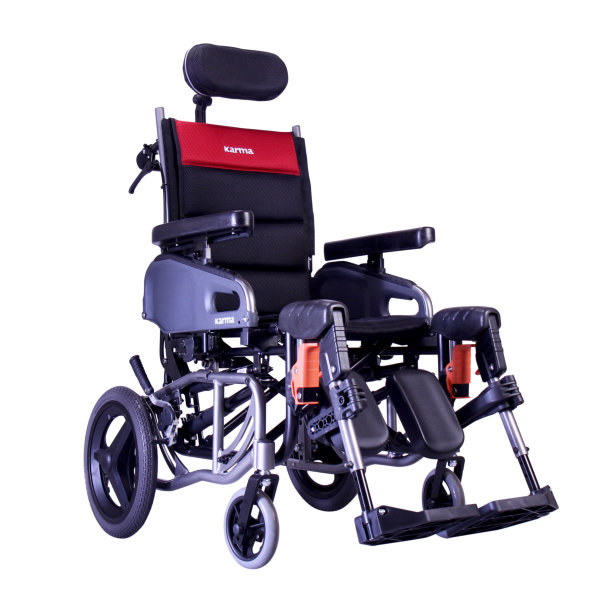
Tilt in Space
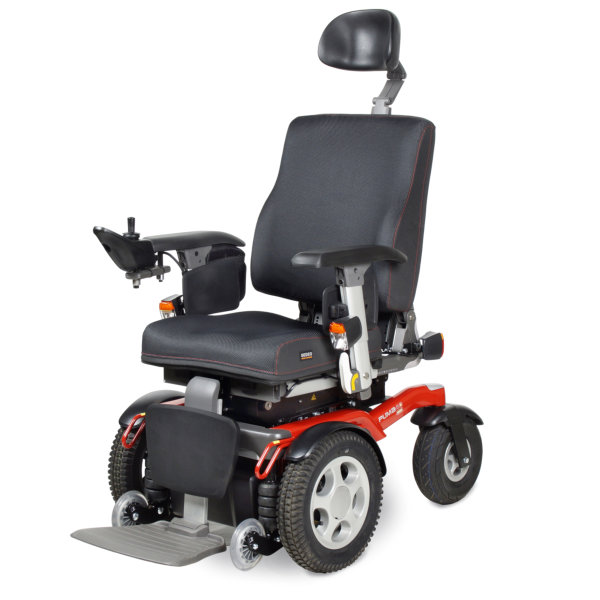
Powerchair
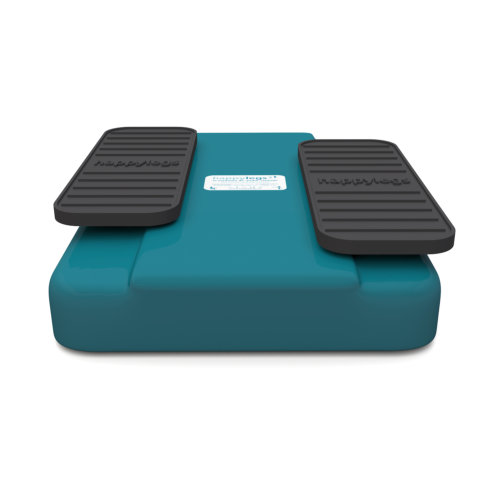
Happylegs
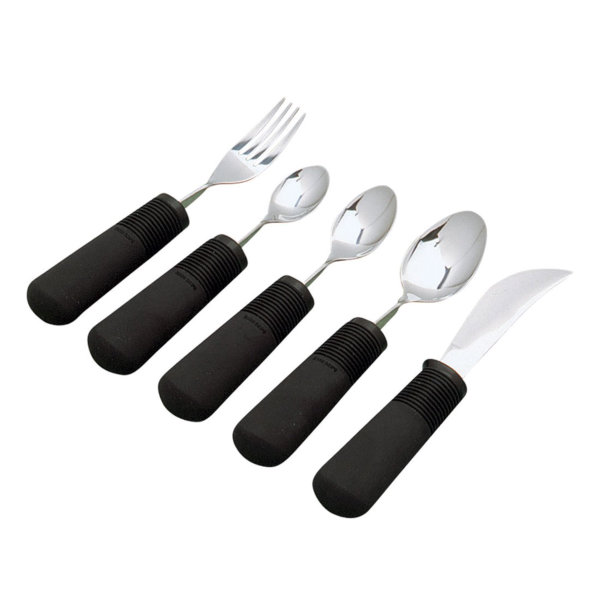
Bendable Cutlery
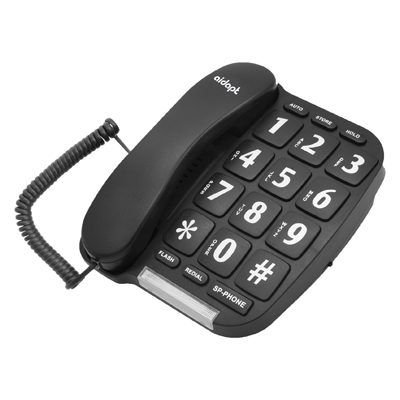
Easy to Use Telephone
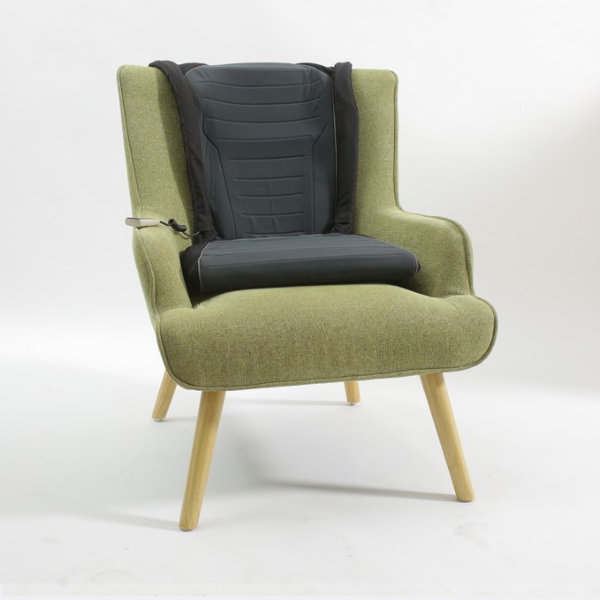
Sit n Stand
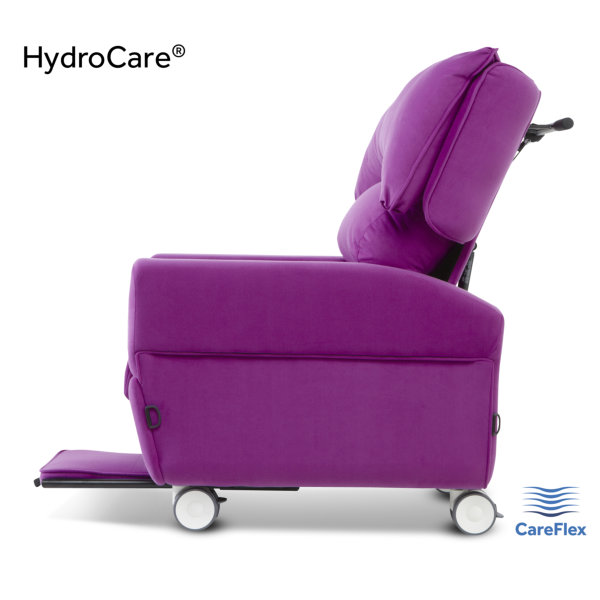
Portachair
The evolving symptoms of a stroke mean that extra equipment items may sometimes only be needed for a few weeks and therefore rental may be a particularly useful option, allowing equipment to be returned when it is no longer required to keep costs down for the user.
Although most people will rent for a few weeks or months, rentals can be as short as 2 days or, if you find it easier to let us look after your long-term equipment needs, can go on for years.
However, even if you don’t feel that you need equipment at the moment, feel free to make an appointment to have a look around and chat with one of our advisors so you can get a feel of what’s available for people who have had a stroke, should it be needed.
To help our customers understand some of the issues involved in choosing the right equipment we’ve created a number of hypothetical Scenarios, based on our knowledge and experience. The following example is relevant to some people with stroke: Is a portachair likely to help someone who has had a stroke?
A. Because recovery from some illnesses is unpredictable a sensible option might be to consider renting, at least in the first instance. We stock a large variety of equipment for rent so read our rental page or call us for more information.
A. If you have a long-term medical condition you do not need to pay VAT on most products that we sell. We can advise you this and help you with the simple paperwork.
A. We offer a wide range of products available for rent, either for periods as short as 2 days to longer than a year.
Stroke Association - www.stroke.org.uk/
Supporting people to rebuild their lives after stroke
Age UK Enfield - www.ageuk.org.uk/enfield/
NHS Website – Stroke - www.nhs.uk/conditions/stroke/
For more information about stroke
Stroke (Wikipedia) - https://en.wikipedia.org/wiki/Stroke
For more information about stroke
We stock a wide range of products, with over 1000 lines available in the showroom.
Come and TRY out the products to see what suits your needs.
Our friendly highly-trained staff will help you make a choice which is right for you.
Copyright © 2025 Fortuna Mobility | All rights reserved.